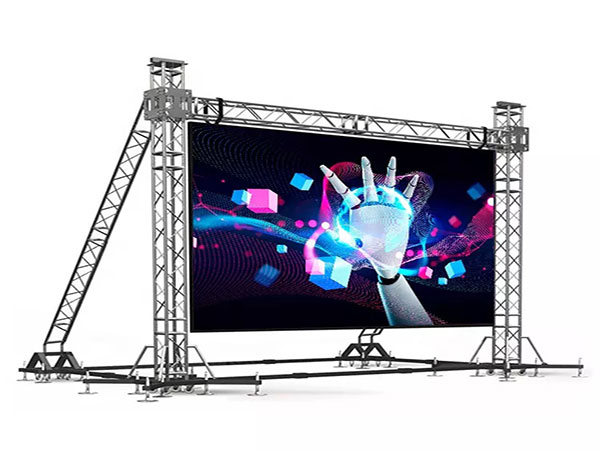Exploring the Key Elements That Affect Color Uniformity in LED Panel Screens for Optimal Display Output
Exploring the Key Elements That Affect Color Uniformity in LED Panel Screens for Optimal Display Output
Blog Article
Color uniformity in LED wall panels is essential for achieving optimal visual performance. light-emitting diode wall screens are widely used in various environments, including musical events, meetings, and promotional displays. When the colors on these screens are uniform, they create a more engaging and immersive experience for viewers. Several critical elements affect hue uniformity, including the caliber of the LED components, calibration procedures, and environmental conditions.
The quality of the LED components plays a major role in hue consistency. Various types of light-emitting diodes produce light at varying wavelengths, which can affect the total hue result. Premium light-emitting diodes are engineered to generate a more consistent light spectrum, resulting in better hue precision. Additionally, the production method of these light-emitting diodes can impact their functionality. Screens made with high-grade materials and techniques tend to have less hue differences, ensuring that the shown images and videos look vibrant and true to reality.
Calibration is another essential element in maintaining color consistency in LED wall screens. Tuning involves adjusting the configurations of the screen to ensure that the colors shown match the intended appearance. This procedure can include fine-tuning brightness, contrast, and color equilibrium. Frequent tuning is essential, especially in environments where illumination factors change frequently. By tuning the screens, specialists can correct any inconsistencies in hue output, leading to a more uniform observing experience.
Surrounding factors also influence hue consistency in light-emitting diode wall screens. Elements such as surrounding light, temperature, and humidity can affect how colors are seen. For example, intense ambient light can wash out colors, making them look more vibrant. Similarly, extreme temperatures can influence the functionality of the LEDs, resulting to color shifts. To reduce these problems, it is crucial to install light-emitting diode wall screens in managed environments where illumination and heat can be controlled efficiently.
Finally, the design and layout of the light-emitting diode wall screens can impact color consistency. The configuration of the screens, as well as the spacing from which they are observed, can create variations in color perception. When panels are arranged too distant apart or at varied positions, audiences may notice inconsistencies in hue. To achieve led wall panel color accuracy standards the best optical output, it is crucial to take into account the positioning and alignment of the panels during setup. By tackling these elements, operators can guarantee that their light-emitting diode wall panels deliver a uniform and high-quality visual experience.